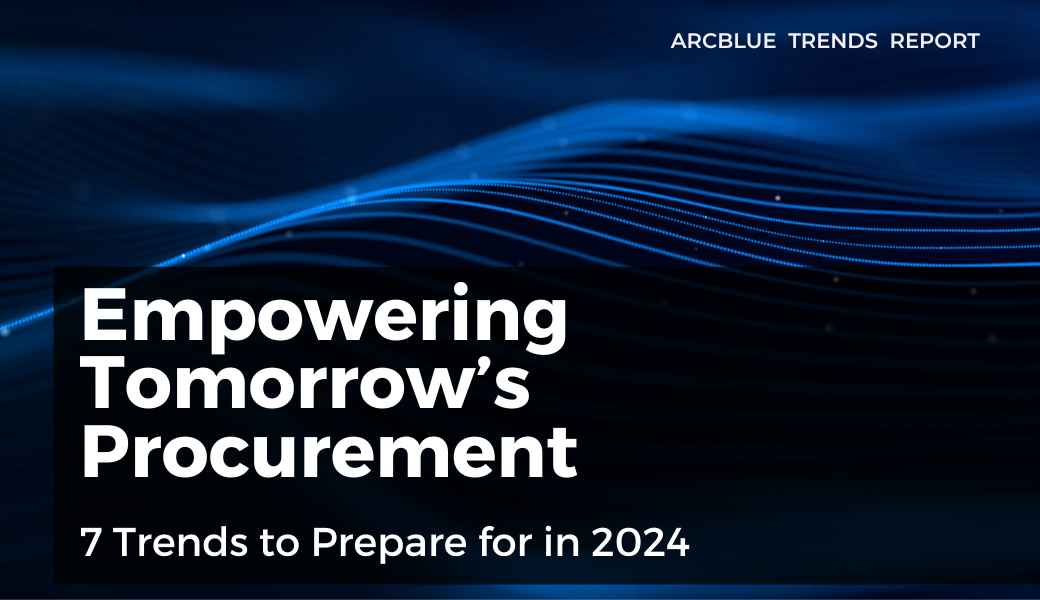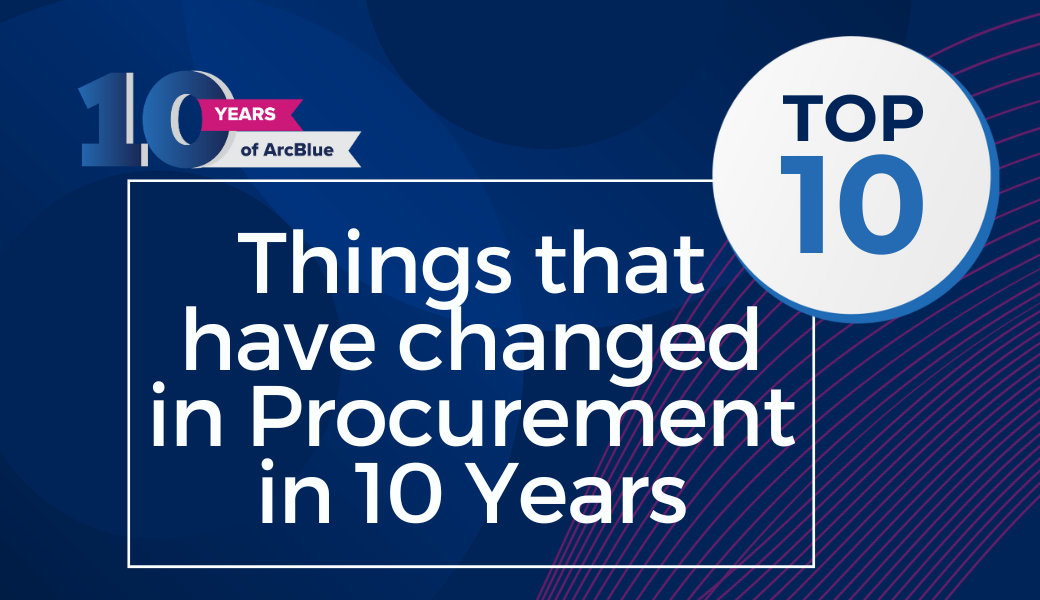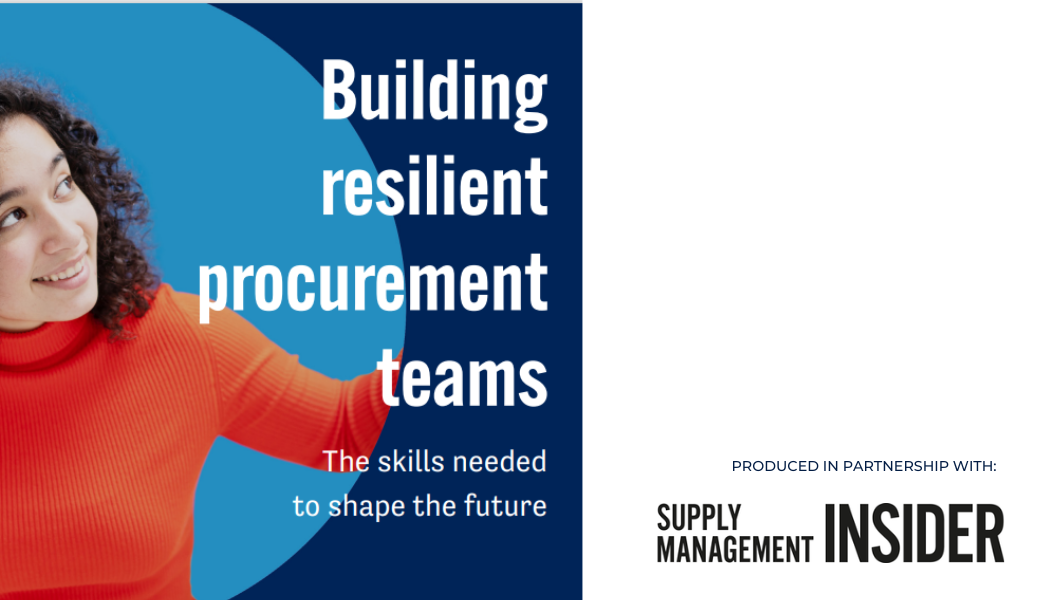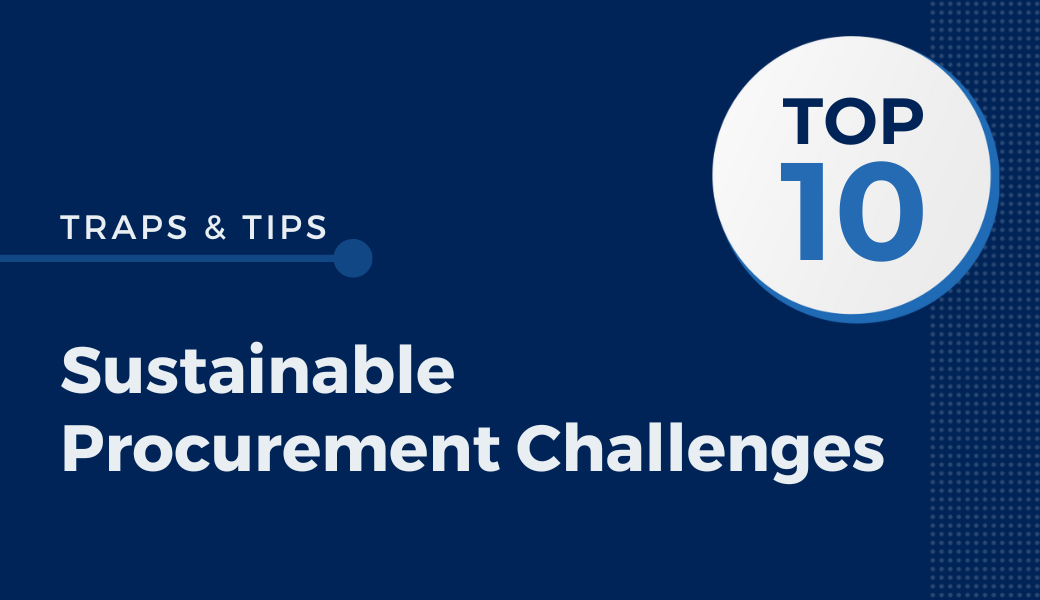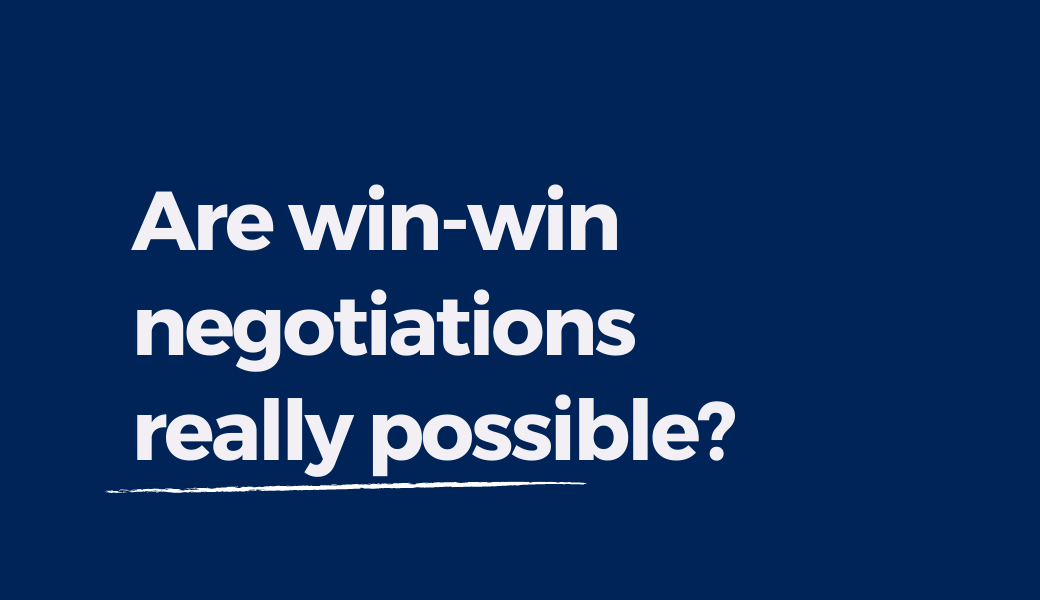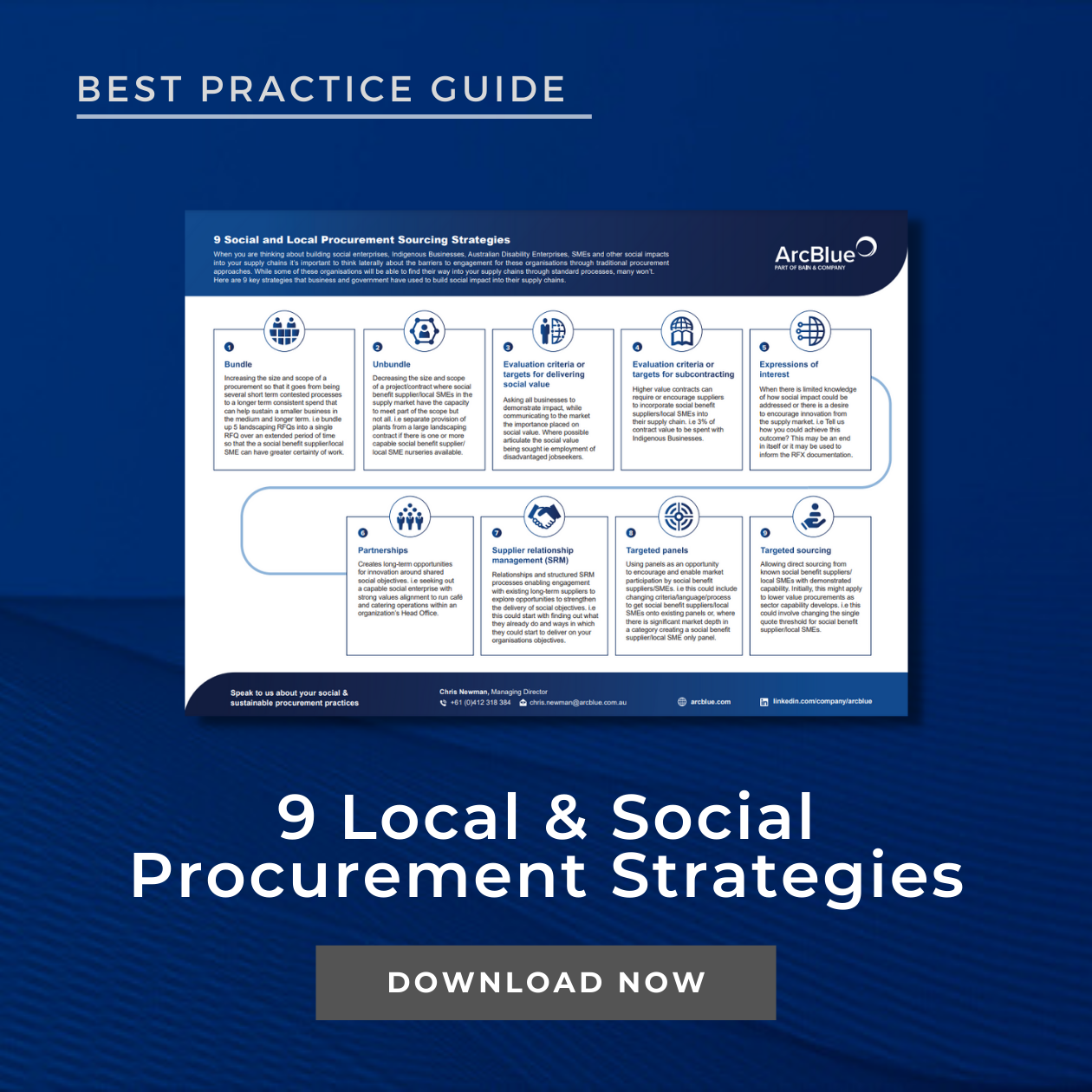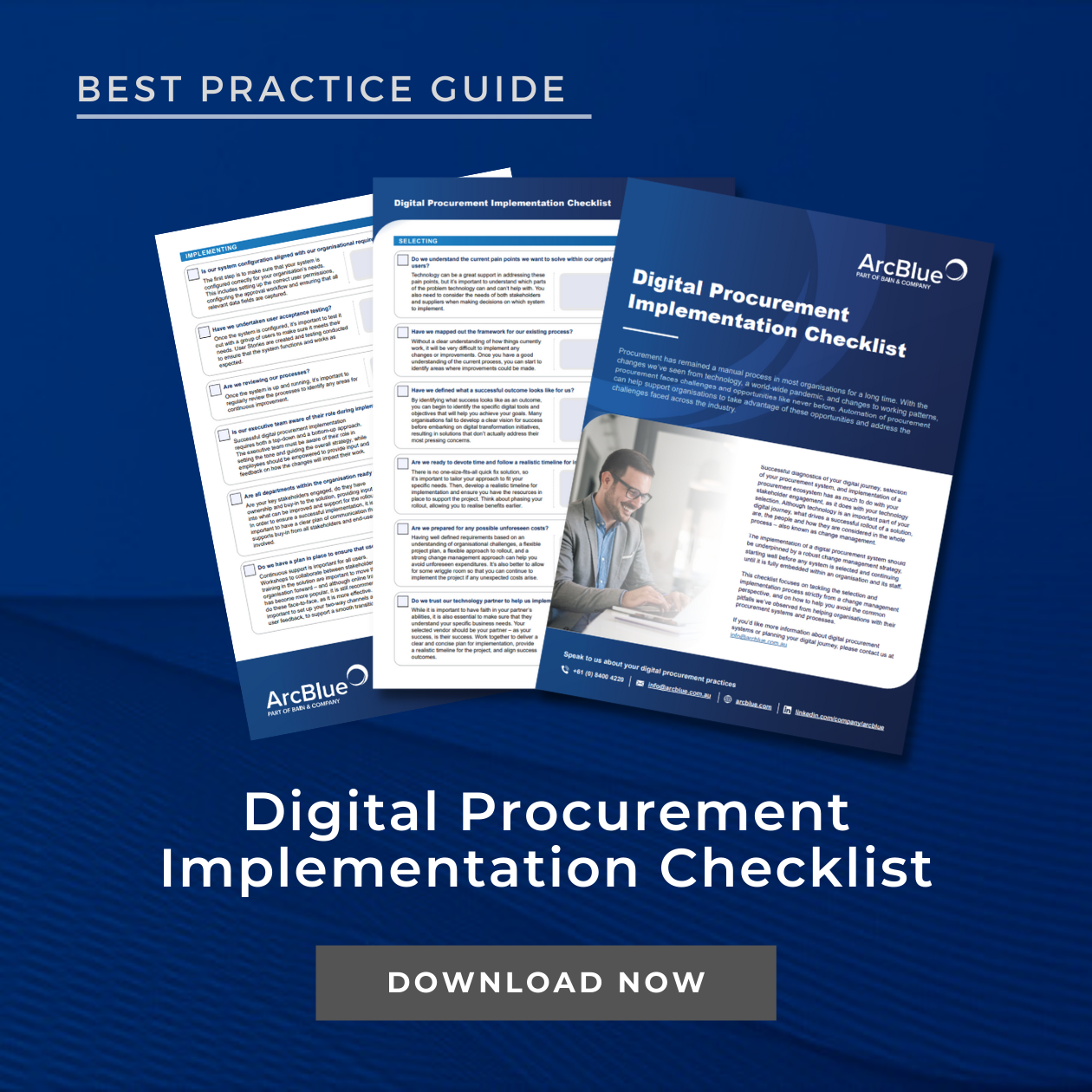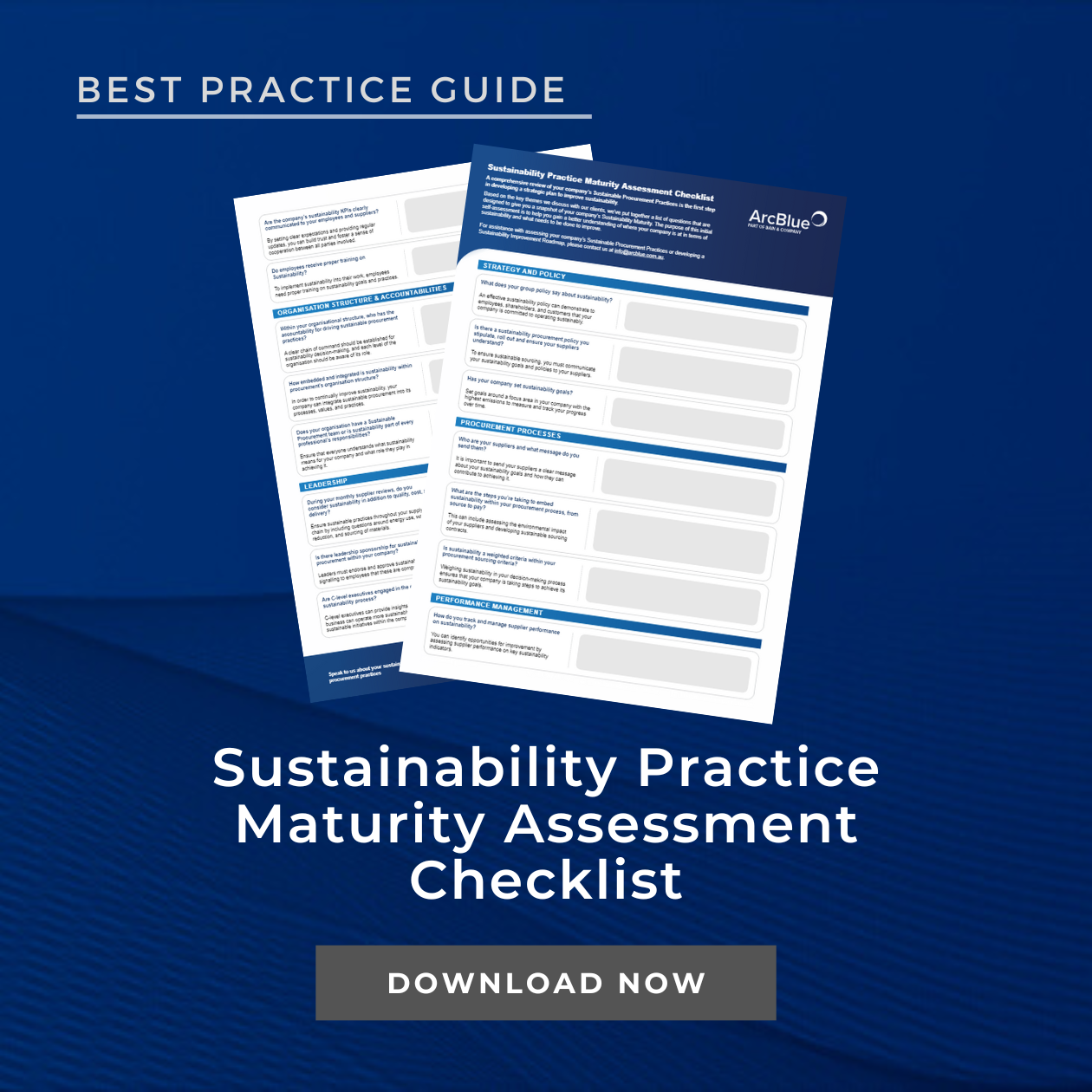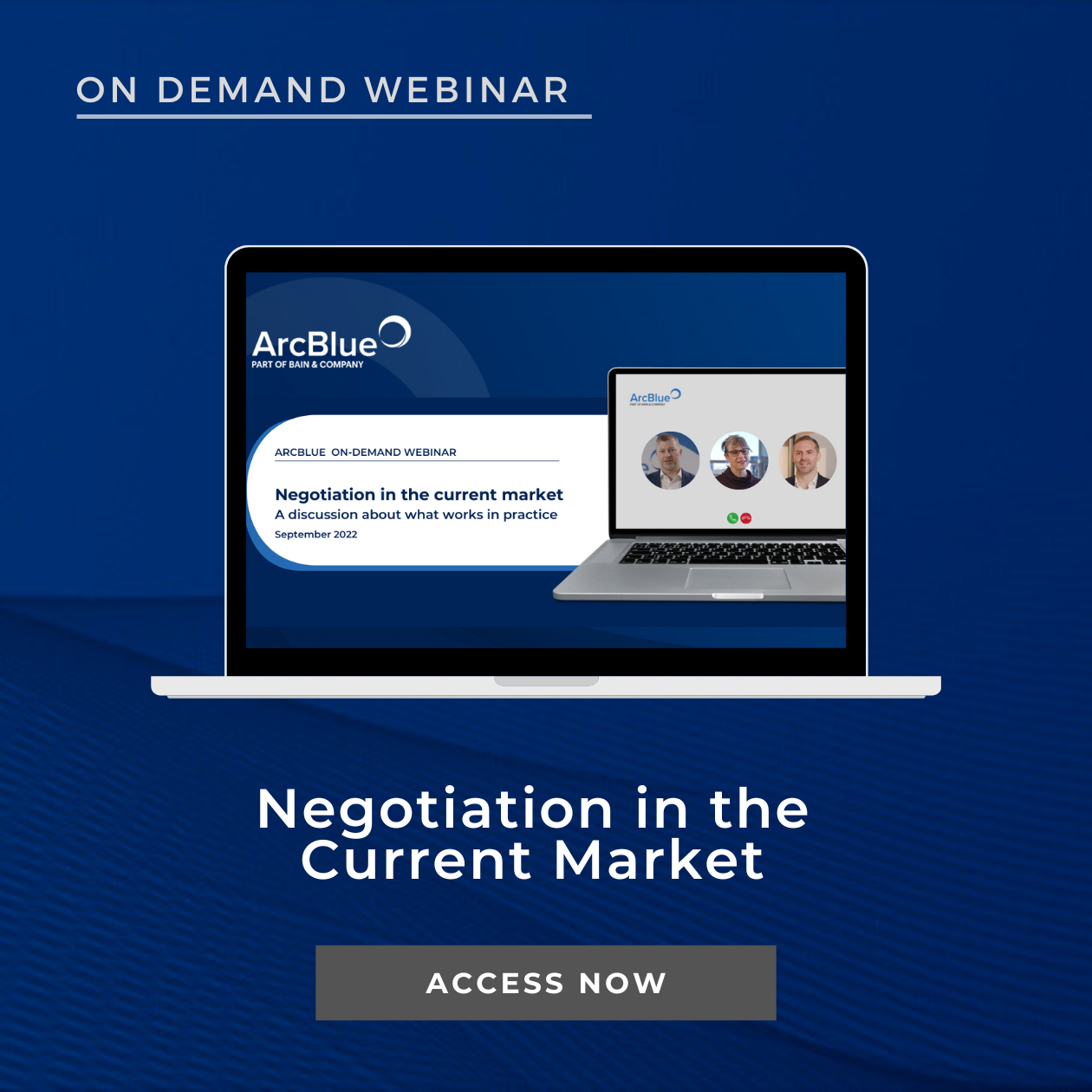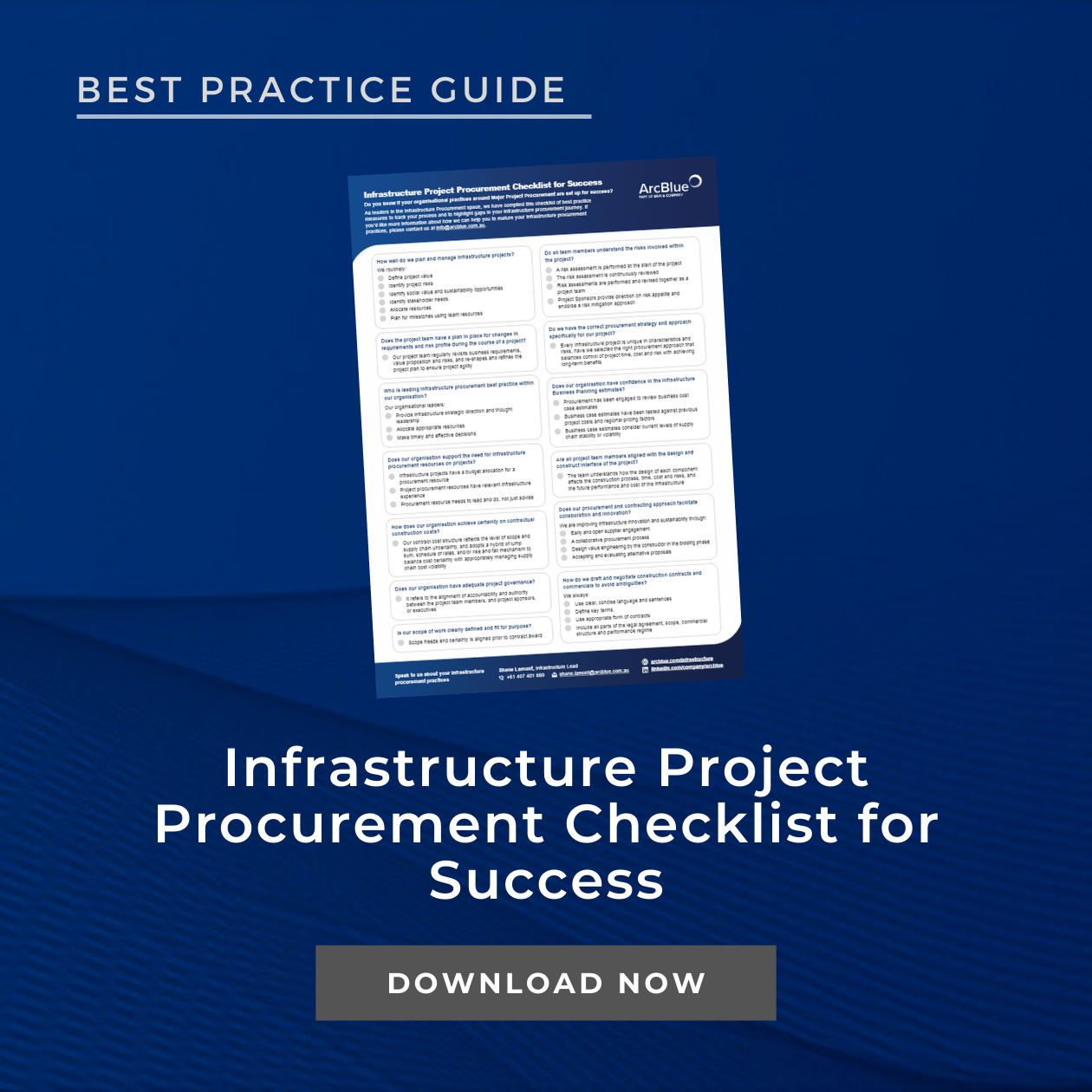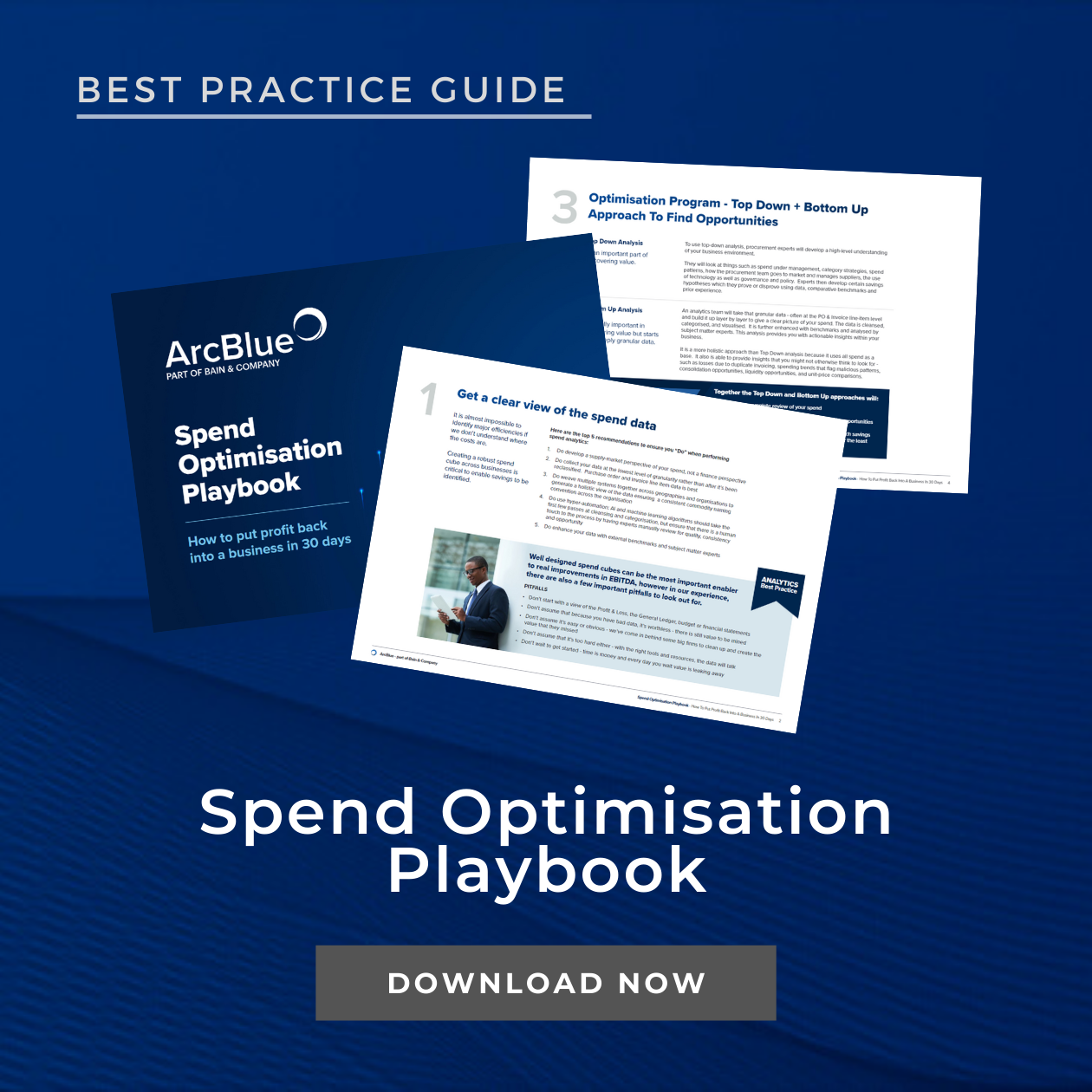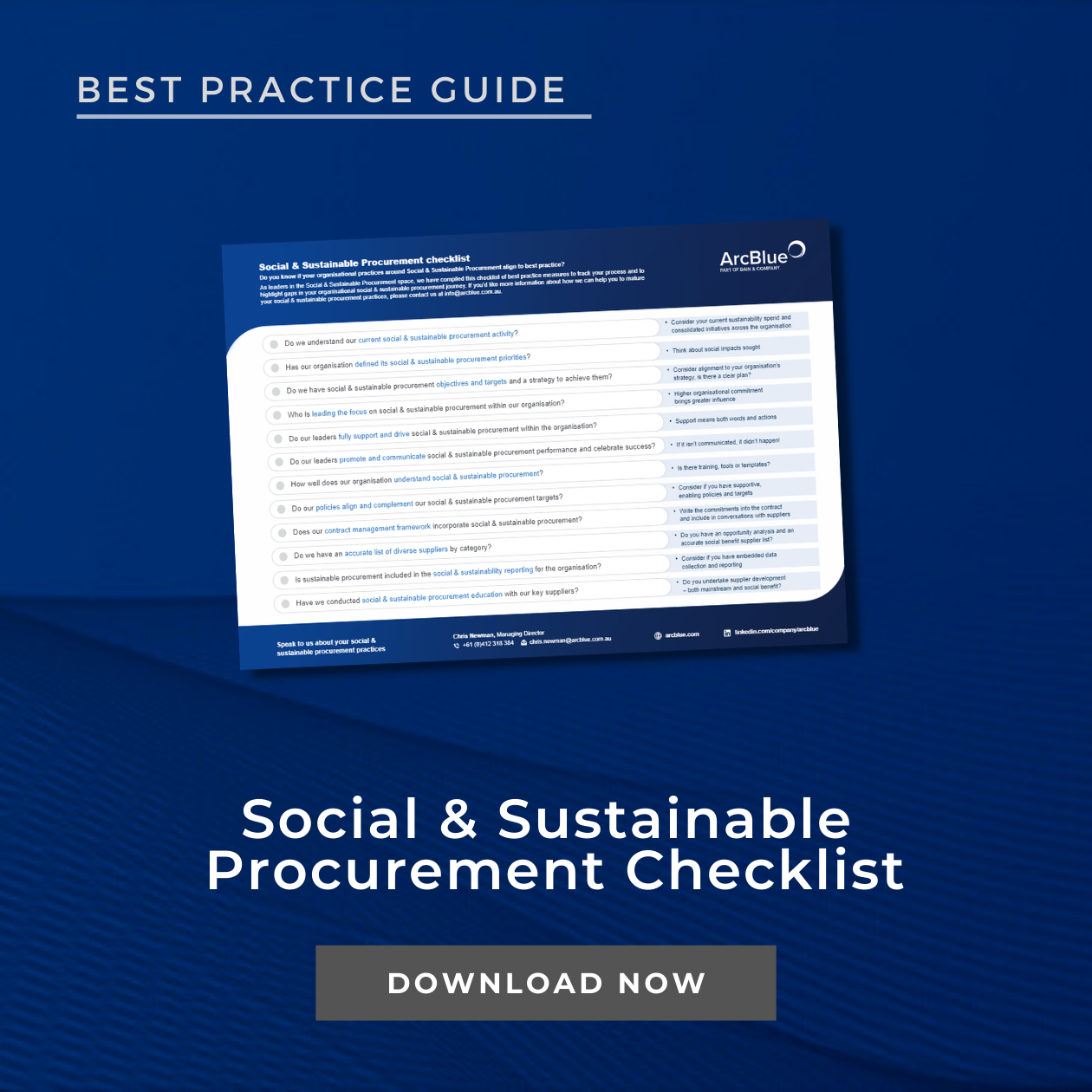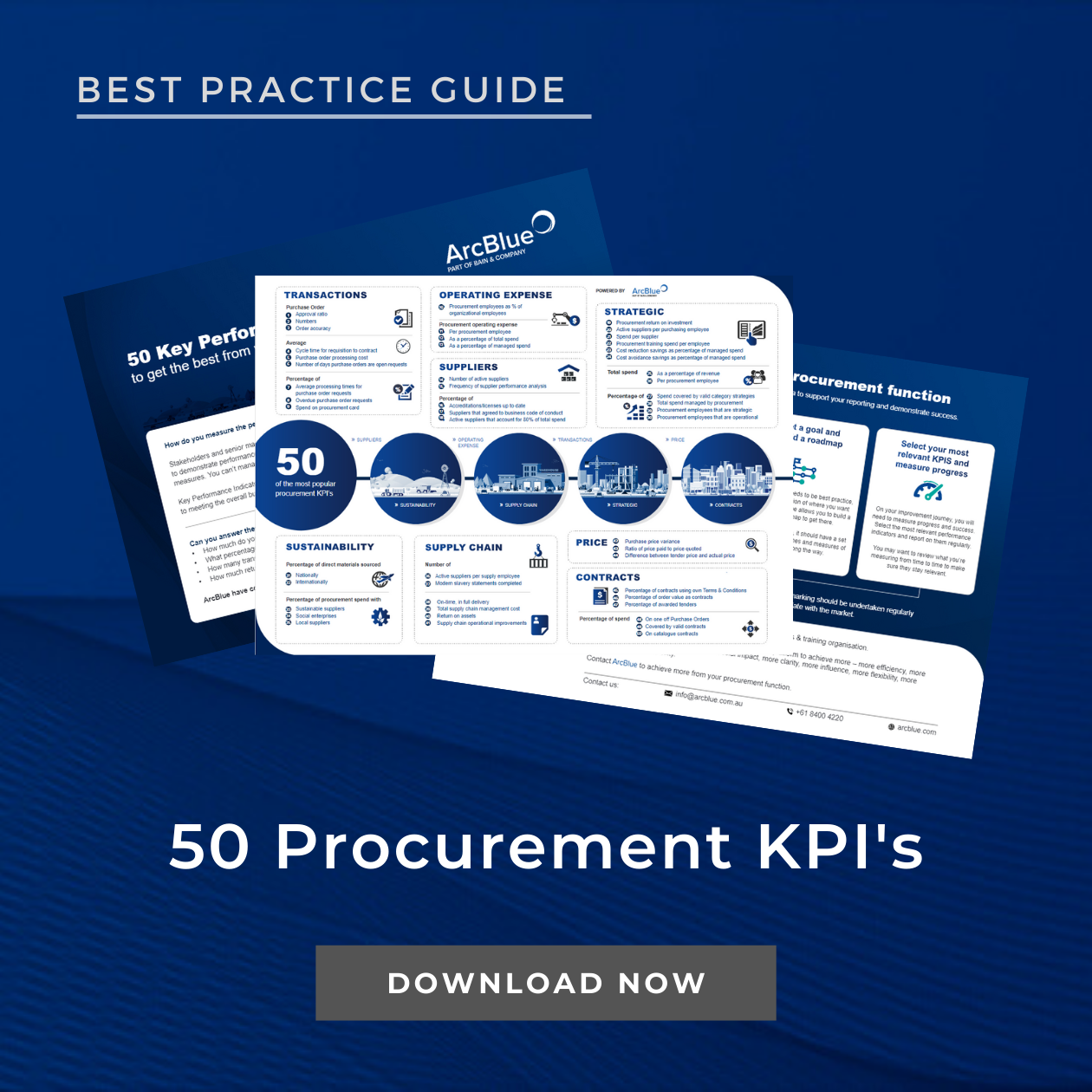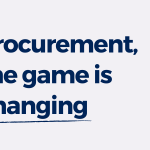- ARTICLE
Changing the world one purchase at a time
May 2019
by Chris Newman, Managing Director at ArcBlue
Chris provides background and insight into social procurement and outlines ways in which it can be implemented across organisations.
Procurement as a profession has rapidly emerged over the past 30 years into a strategic process which is considered fundamental to business success. This should be of no surprise when we consider how important it is to establish, maintain, and develop commercial relationships between organisations. Yet it is only more recently that we have begun to understand the full impact strategic procurement can have.
Procurement is emerging as a vital and effective instrument for not only achieving effective commercial results, but also for delivering a broader range of ‘triple-bottom-line’ objectives. Key to this effectiveness is that procurement integrates these objectives into market processes, and when done well enables the market to respond flexibly and efficiently, delivering social, local economic and environmental outcomes without compromising commercial results. The idea of considering what we buy as organisations to minimise environmental impact is well established; for example, it is being used to reduce our carbon emissions and mitigate the impact of climate change. Increasingly, we are seeing this approach broaden to include the role procurement can play in influencing ‘positive’ change across vital topics such as social and economic issues, modern slavery, labour and human rights. This is what’s known as ‘Social Procurement’ and around the world it is beginning to be integrated into the way organisations are doing business.
Many organisations have social or local economic goals built into their policies or values. For some organisations, these goals can be fundamental to their purpose, e.g. the policy objectives of Government Agencies, the economy of local communities for local government, or the delivery of services for not-for-profits. For others, these goals will underpin the organisations’ identity, provide a license to operate, differentiate them in the marketplace, or help attract talent who want to be part of organisations delivering more than profit.
Social Procurement in Australia
Social procurement in Australia is being championed by private sector organisations who are actively integrating social enterprises and aboriginal businesses into their supply chains, and by Governments at all levels, who are committing to new Policy and Guidance. Victoria’s new Social Procurement Framework is an example of government policy that puts social and sustainability outcomes at the centre of the Government’s procurement activity and is set to have an impact not only on benefiting individuals and organisations, but also on the suppliers who service government departments.
Across Australia, Social Procurement has already begun to have a measurable impact. The Federal Government’s Indigenous Procurement Policy for example, sets clear targets for Government agencies and has led to the award of 4,880 contracts for 956 Indigenous-owned businesses with a total value of $594, (2015-2017). The latest results from the G21 (Geelong Regional) GROW Program demonstrate over 180 new local jobs through the participant focus spend in the region, and 75 jobs for disadvantaged community members in the last 12 months. Now also rolling out in Gippsland, the GROW collaborative programs bring private, public, and not-for-profit organisations together to maximise expenditure and job creation in regional communities, while delivering jobs and pathways to employment for disadvantaged community members.
Implementing Social Procurement
Achieving a social benefit on top of the goods or services you were going to buy anyway sounds like a good idea, so how do you achieve it?
Define your social outcomes
Once you understand what ‘social success’ is to your organisation, you can set up a framework and start to define actions and measures against your outcomes. Be specific, as the more specific the social outcomes statements are, the greater the opportunity for success. Taking the time to get this stage right, including engaging internal and external stakeholders, is possibly the most important aspect of developing a successful social procurement strategy as everything else flows from here.
Identify opportunities
Undertake an opportunity analysis across the breadth of your procurement activities. Look at your existing contracts that are coming up for renewal; contracts where the manager is not satisfied with the incumbent provider; areas where there is interest in service innovation; and where there may be opportunities to match the identified policy objectives with social benefit suppliers, such as social enterprises and aboriginal-owned businesses.
Build your strategy, set targets, and measure outcomes
A Social Procurement strategy, much like any other business strategy, needs to integrate a range of actions to deliver changes in practice over time. Elements to be considered may include: developing capability, internal communications, supplier engagement and capacity building, updating procurement frameworks, and building new tools, and templates. Setting targets as part of your strategy can be highly effective in driving behavioural change, but they will need to be paired with clear and consistent measurement regimes to ensure you track and report outcomes at organisational and contractual levels.
Get buy-in from your leaders
It’s imperative that your senior leadership is on board and you can engage their passion about driving social and community benefits. This type of committed leadership – at the political, executive, and technical levels – plays a critical role in designing and implementing successful strategies.
Work with your suppliers
This is still an immature area of activity, so while targets, incentive, penalties, and contractual clauses will be important, it is also imperative to work closely with your suppliers to educate and explore opportunities for delivering social outcomes. Developing an understanding of the new market of ‘social’ suppliers early in the process will also be crucial to delivering on your outcomes effectively. Ensuring that there is awareness and capacity in the market will inform your Social Procurement strategy.
Collaborate!
Social procurement should be just that – ‘social’. Whether you are setting goals for a single organisation or are involved in a wider regional or industry-based initiative, collaborating with other individuals and organisations makes sense. Involve subject matter experts who have intimate knowledge of the service or product to be purchased, work with industry-based associations and third-party intermediary organisations and involve or share ideas with other organisations practicing social procurement.
The key behaviour is thinking through every aspect of your procurement practice to help achieve your social procurement goals. This is particularly critical when trying to address some of our most challenging problems; from ‘closing the gap’ for our indigenous communities, to helping the long-term unemployed or people with disabilities back into the workforce, to supporting the viability of regional communities. Social procurement provides a robust framework that enables these goals to be integrated into the way you do business.
For business, this presents an opportunity to not only better deliver on your social and local economic goals, but to establish a competitive advantage, and demonstrate to shareholders, customers, and investors a practical commitment to achieving your social, community, and local economic goals.
If you aren’t making a difference in other people’s lives, you shouldn’t be in business, it’s that simple. – Sir Richard Branson, Virgin
Related Services
ArcBlue leverages our globally leading consulting, training and analytics practices and our expert team into our social procurement services to support our clients across all layers of government, the private sector, not-for-profits, Indigenous businesses and social enterprises.
INSIGHTS
RESOURCES & DOWNLOADS







